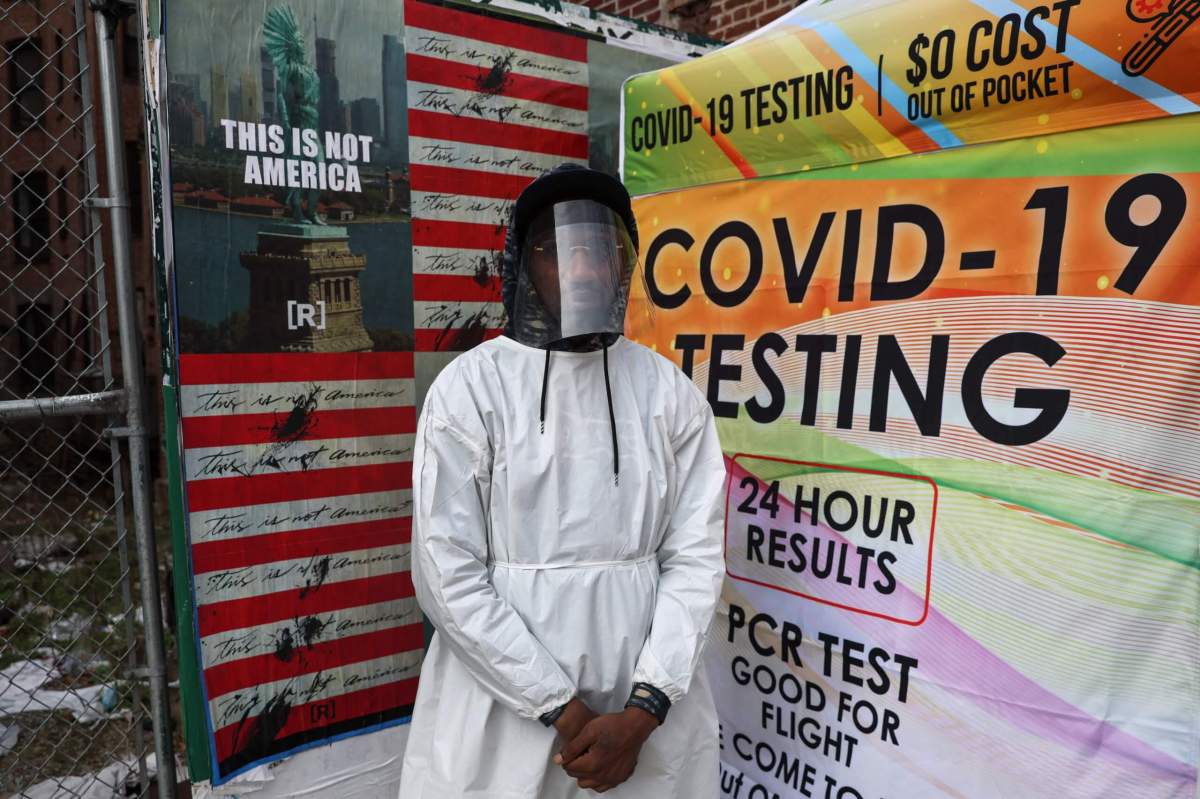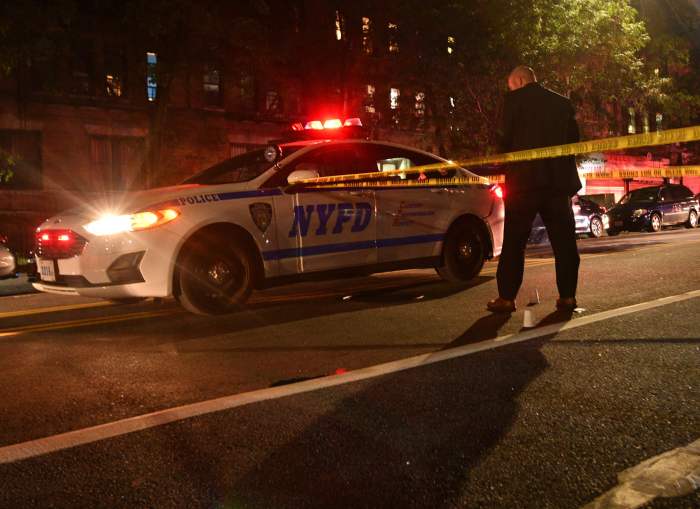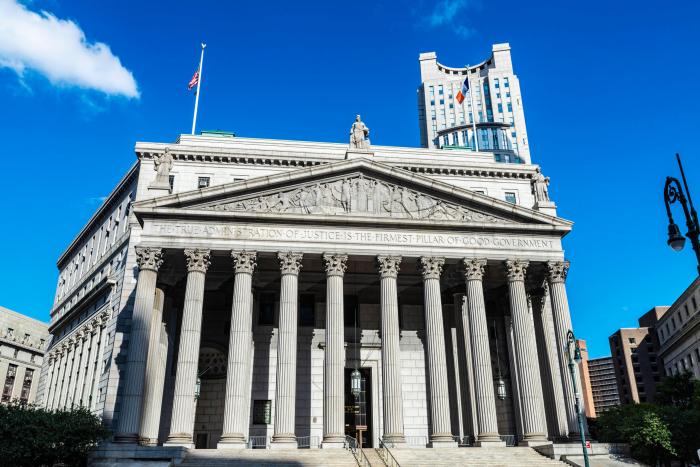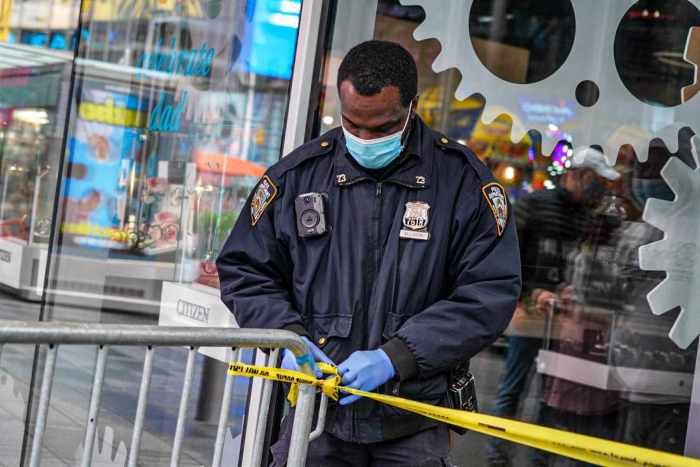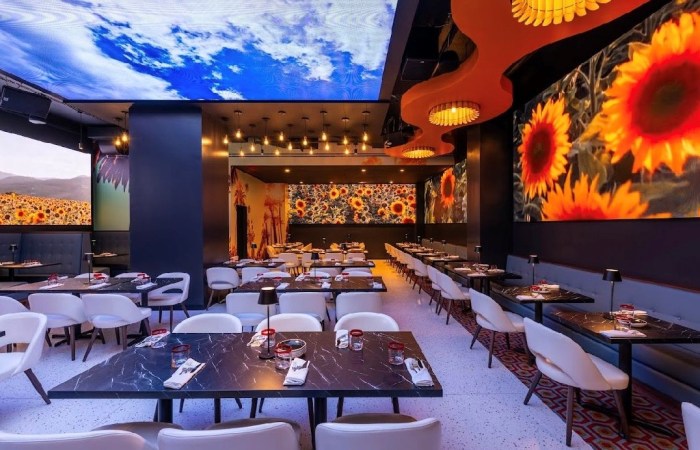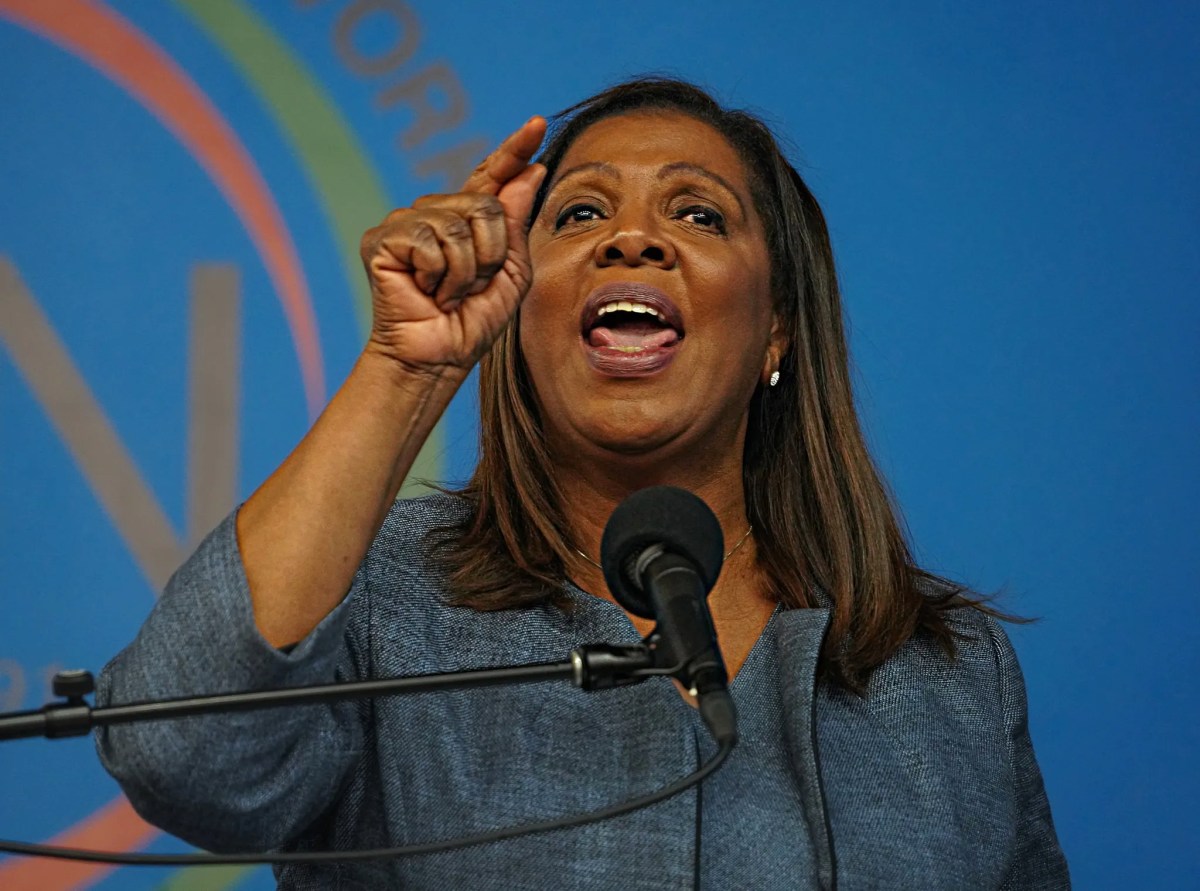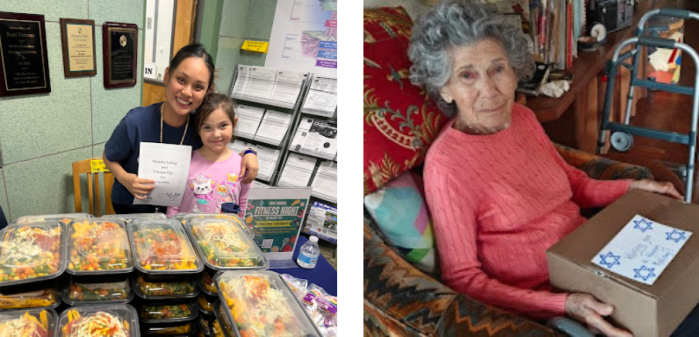COVID-19 infections continue creeping up across the city as the BA.2 subvariant — thought to be more contagious than the Omicron variant — spreads around the Five Boroughs.
Manhattan continues to be the city’s hot zone, with a transmission rate of 245.41 cases per 100,000 residents – nearly double the citywide average (133.54 cases per 100,000 residents). No other borough exceeds the citywide transmission rate, though Brooklyn came close at 132 cases per 100,000 residents.
The citywide 7-day positivity rate, as of April 8, was up to 3.3%, an increase of less than 1% from the 2.67% rate recorded on April 1. The city’s 7-day average daily case total on April 8 was 1,590, an increase from 1,254 cases the previous week.
Yet the city’s Department of Health and Mental Hygiene, which provided those statistics, continues to consider the current alert level as “low,” largely because hospitalizations and confirmed deaths related to COVID-19 continue to decrease citywide.
More New Yorkers are surviving COVID-19 thanks to previous vaccinations and booster shots, and through new antiviral treatments made available, which have sharply reduced the number of hospitalizations related to the illness.
Still, just because one is vaccinated does not mean they’ll avoid COVID-19 entirely, as evidenced by the increase in COVID cases in some areas of Manhattan where vaccination rates are as high as 99%.
Twelve of the 15 New York City areas with the highest 7-day positivity rates between March 30 and April 5 are in Manhattan. Four of the neighborhoods have rates above 8%: Tribeca (ZIP 10007, 8.7%, 24 new cases); Kips Bay/Murray Hill/NoMad (10016, 8.44%, 139 new cases); Financial District (10006, 8.09%, 11 new cases); and Chelsea (10011, 8.04%, 125 new cases).
The Hunters Point section of Long Island City, Queens (11009) had the highest 7-day positivity rate at 12.44%, with 25 cases detected.
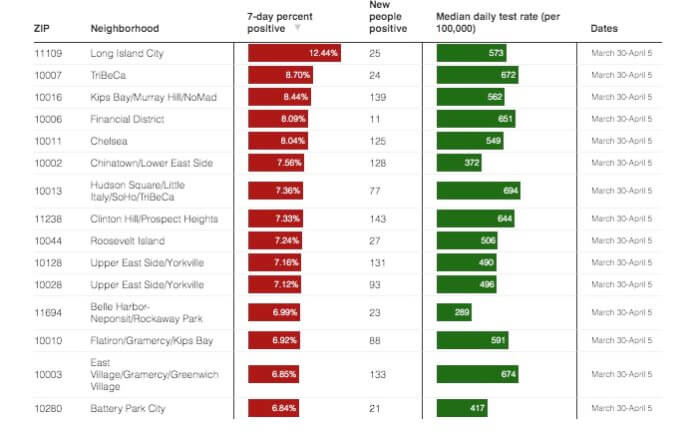
Manhattan also had the community with the most new COVID-19 cases between March 30-April 5. Manhattan Valley/Morningside Heights/Upper West Side (10025) logged 213 cases and a 5.73% 7-day positivity rate. No other community had more than 200 cases during the period.
Three Brooklyn neighborhoods logged 140 or more new cases during the period: East Williamsburg/Williamsburg (11211, 154 cases, 4.5% positivity rate); Clinton Hill/Prospect Heights (11238, 143 cases, 7.33% positivity rate); and Brooklyn Heights/DUMBO/Downtown Brooklyn (11201, 140 cases, 6.07% positivity rate).
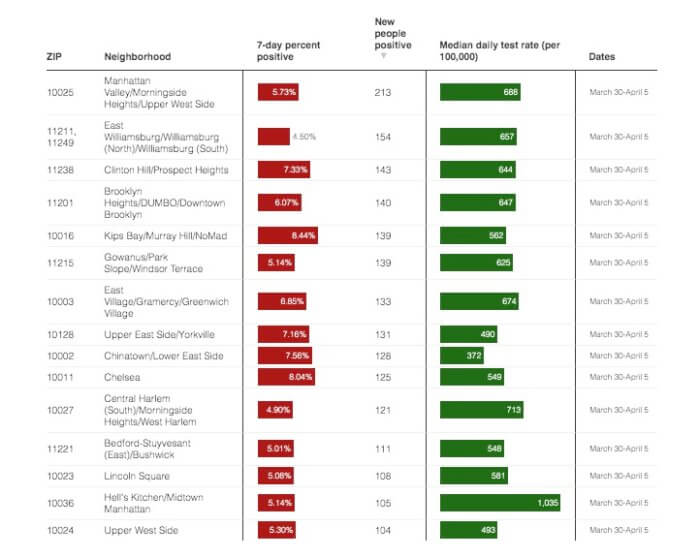
On the opposite side of the spectrum, 10 communities cataloged fewer than 10 new COVID-19 cases during the period of March 30-April 5.
Six of them are in Queens: Breezy Point (11697, 2 cases, 2.74% positivity); Cambria Heights (11411, 6 cases, 1.46% positivity); Queens Village (11429, 7 cases, 1.21% positivity); Arverne/Broad Channel (11693, 7 cases, 2.92% positivity); Fresh Meadows/Hillcrest (11366, 8 cases, 3.35% positivity); and Ozone Park (11416, 8 cases, 1.90% positivity).
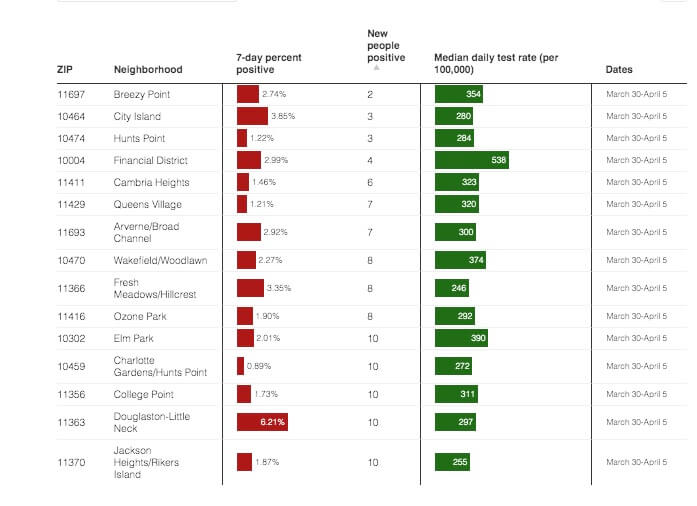
The overall increase in COVID-19 cases, as noted, is driven by the BA.2 subvariant, which the Health Department indicated accounts for more than 86% of all COVID-19 infections reported citywide, as of late March.
Getting a vaccine and booster shot has been known to be effective at preventing infection from the subvariant, or reducing cases to mild symptoms. Even still, less than 40% of all New Yorkers have received a booster shot.
To obtain a booster shot, visit vaccinefinder.nyc.gov.



